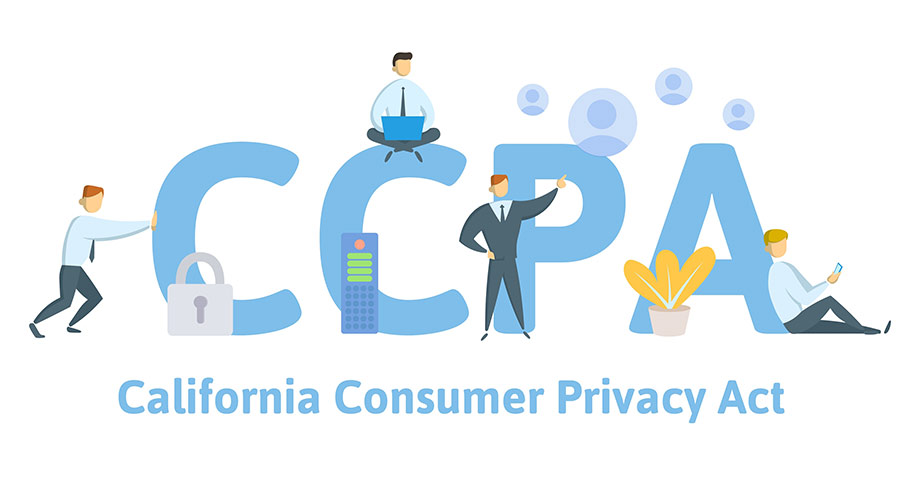
As we all well know, leadership trickles down. If you want the rank-and-file workers in your company to be transparent and accountable, the leadership must model it. Even the most inconsequential practice in the boardroom, if carried out long enough, will naturally trickle down to the rest of the company and to the front end to the customer base. Here are a few board governance best practices to help keep your business legally and financially sound:
Accounting and Auditing
Having a third party review your board’s actions is a healthy practice—it can keep you out of jail! Under the Sarbanes-Oxley Act of 2002, all directors and internal auditors are responsible for all accounting crimes and mishaps.
In 2010, the United States Supreme Court affirmed the constitutionality of the Public Company Accounting Oversight Board (PCAOB). The Board was created by Congress through the Sarbanes-Oxley Act following the Enron and WorldCom accounting and financial meltdowns. In the Free Enterprise Fund v. PCAOB case, the United States Supreme Court held that the Sarbanes-Oxley Act’s provisions making PCAOB Board members removable by the Securities and Exchange Commission (SEC) only for good cause were inconsistent with the Constitution’s separation of powers. The consequence of the Court’s decision is that PCAOB Board members are removable by the SEC at will, rather than only for good cause. The Court’s ruling supports the PCAOB’s power to “oversee the audits of public companies in order to protect investors and the public interest by promoting informative, accurate, and independent audit reports.”
Whether your company is public or not, it’s critical to maintain accurate accounting, and at minimum, a good practice to hire out an external audit of your business. Even the most trustworthy people (including ourselves) can be victims of our own biases and mistakes.
Qualification and Diversity
Ideally, board members should understand the breadth and depth of the business. Their expertise should guide the company to positive horizons, open doors, and help the business flourish.
Board members with a panoply of backgrounds and walks of life can bring tremendous insight. It’s a tragedy that only about 20% of women compose boards of directors of U.S. companies. If women and other minority groups were better represented, companies would benefit from the diversity of experiences and ideas that individuals from these groups offer.
One of the dangers of having like-minded persons in one room is a phenomenon called group-think. Psychologists define this as a group’s desire for conformity or harmony at the expense of positive outcomes and achieving group goals. Under group-think, individuals are eager to seek consensus and avoid conflict, so they settle for often irrational or inadequate plans. That’s why having dissenting or diverse voices in a boardroom helps ideas and plans to flourish. When group-think dominates a board, decisions aren’t thought out properly and options aren’t viewed from different angles. Of course, no one wants a spirit of contradiction in the room, but having a mild gadfly (or two) in the room can keep decisions in check.
Written and Updated Policy and Procedures
Unwritten rules are everywhere. They are dangerous because no one knows for sure what they are and because they keep changing according to who is in charge. The boardroom is no exception to this occurrence. Keeping a log of all the situations or activities that your board often deals with—or might deal with in the future—will help you create policies and procedures that should be written out and updated periodically. Starting from something as simple as reimbursing board members for their business travel expenses to something more delicate like deciding how to hire (or fire) a CEO, the governing board should have updated written policies and procedures for these situations. Should litigation arise, a director can point to the company’s policies and procedures to back her decision.
Transparency and Accountability
Good business ethics may be more expensive in the short term, but can save your company twenty-fold in the long term. But what does good ethics look like and how do you begin practicing it? Try instilling a permanent and progressive culture of transparency and accountability in your board. This means when good news and bad news arise they are channeled properly so that all members are in the loop.
Excuses for not sharing information, if not rationally and properly grounded, foster a culture of deceit and mistrust among the board members. Transparency’s number one enemy is the often-cited “security” reason for not divulging information to other board members. Watch out for this trap.
Remember, leadership trickles down, so make sure your board practices are impeccable. Your clients will thank you by continuing doing business with you.




